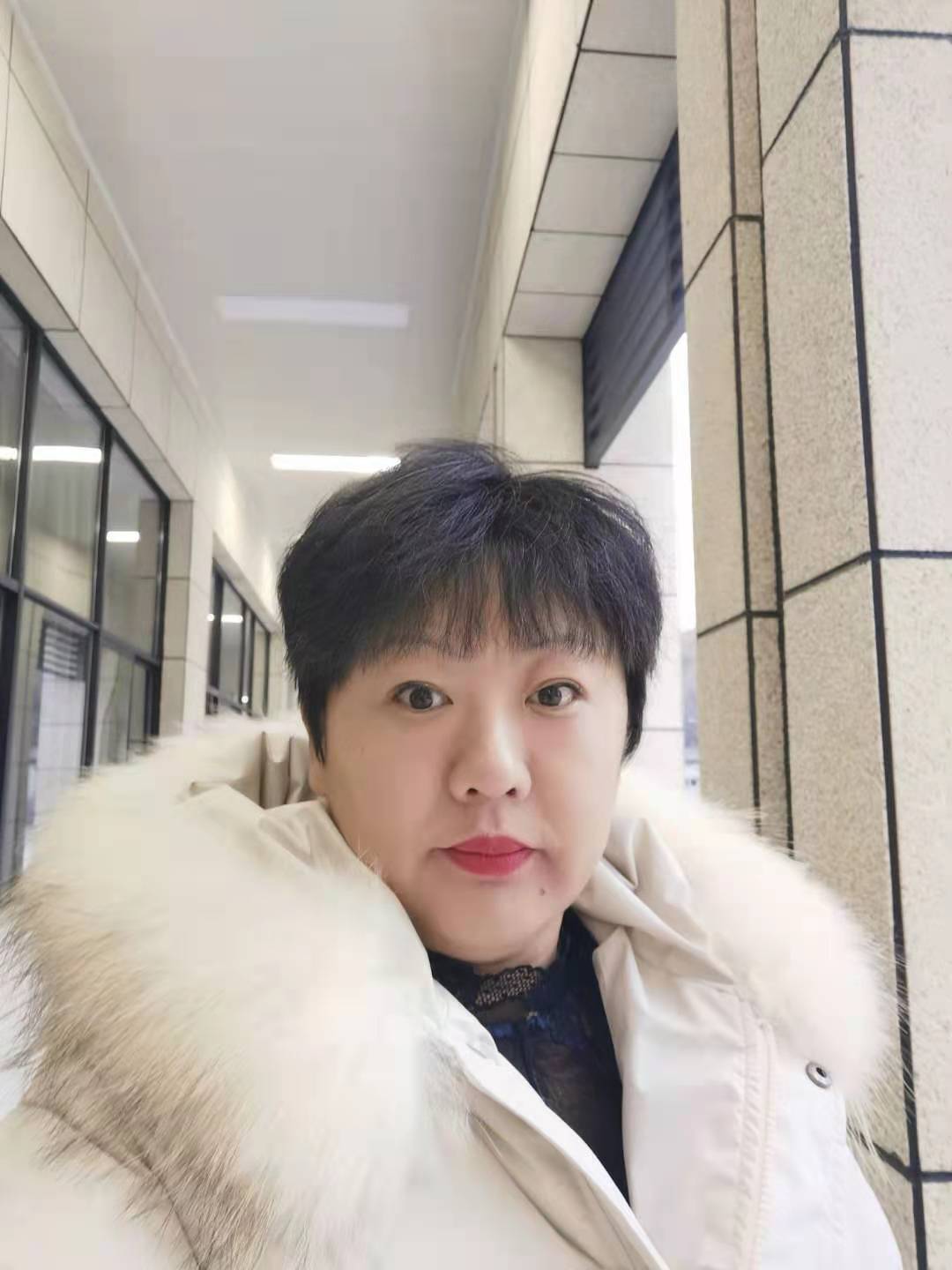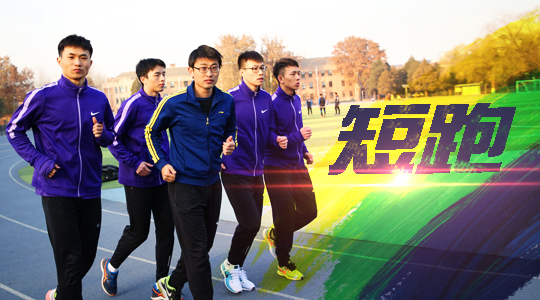
翻译理论与实务课程:前往报名学习
本课程主要向学生介绍中西方翻译的基本知识和主要理论流派。使学生对翻译学有比较清楚的认识,能够结合个人兴趣,展开初步的译学研究。通过翻译理论介绍与翻译实践分析引导学生践行正确的翻译过程,提高学生双语识解能力、多因素协调能力、翻译问题分析与判断能力。
开设学校:西安翻译学院;学科:外语、
本课程主要向学生介绍中西方翻译的基本知识和主要理论流派。使学生对翻译学有比较清楚的认识,能够结合个人兴趣,展开初步的译学研究。通过翻译理论介绍与翻译实践分析引导学生践行正确的翻译过程,提高学生双语识解能力、多因素协调能力、翻译问题分析与判断能力。
-Main Issues of Translation Studies
--1.1 The Concept of Translation
--1.2A Brief History of the Discipline
-1.1 The Concept of Translation
-单元测试
-2.1 Main Issues of Translation Studie
--2.1.1 Peter Newmark and the Definition of Translation
--2.1.2 Communicative Translation and Semantic Translation
--2.1.3 The Process of Translation
--2.1.6 The Unit of Translation
--2.1.8 Translation and Culture
--2.1.9 The Translation of Metaphors
--2.1.1 Peter Newmark and Definition of Translation
--2.1.2 Communicative Translation and Semantic Translation
--2.1.3 The Process of Translation
--2.1.6 The Unit of Translation
--2.1.8 Translation and Culture
--2.1.9 The Translation of Metaphors
-2.2 Functional Equivalence
--2.2.1 Nida’s Definition of Translation
--2.2.2 Formal Equivalence and Dynamic Equivalence
--2.2.3 Four Levels of Functional Equivalence
--2.2.4 Application of Functional Equivalence to Chinese Menu Translation
--2.2.5 Application of Functional Equivalence to Brand Name Translation
--2.2.6 Application of Functional Equivalence to Numerical Idiom Translation
--2.2.7 Application of Functional Equivalence to Public Sign Translation
--2.2.8 Application of Functional Equivalence to Business Letter Translation
--2.2.9 Application of Functional Translation to Government Work Report Translation
--2.2.10 Application of Functional Translation to English Business Contract Translation
--2.2.1 Nida's Definition of Translation
--2.2.2 Formal Equivalence and Dynamic Equivalence
--2.2.3 Four Levels of Functional Equivalence
--2.2.4 Application of Functional Equivalence to Chinese Menu Translation
--2.2.5 Application of Functional Equivalence to Brand Name Translation
--2.2.6 Application of Functional Equivalence to Numerical Idiom Translation
--2.2.7 Application of Functional Equivalence to Public Sign Translation
--2.2.8 Application of Functional Equivalence to Business Letter Translation
--2.2.9 Application of Functional Equivalence to Government Work Report Translation
--2.2.10 Application of Functional Equivalence to English Business Contract Translation
-单元测试
-Functionalist Translation Theories
--3.1 Introduction to Functionalist Translation Theory
--3.4 Translation Action Theory
--3.5 Functionality plus Loyalty Theory
--3.6 Application of Skopos Theory to Soft News Headline Translation
--3.7 Application of Skopos Theory to Government Work Report Translation
--3.8 Application of Skopos Theory to Tourism English Translation
--3.9 Application of Skopos Theory to Pharmaceutical Instruction Translation
--3.10 Application of Skopos Theory to English Advertisement Translation
-3.1 Introduction to Functionalist Translation Theory
-3.4 Translation Action Theory
-3.5 Functionality plus Loyalty Theory
-3.6 Application of Skopos Theory to Soft News Headline Translation
-3.7 Application of Skopos Theory to Government Work Report Translation
-3.8 Application of Skopos Theory to Tourism English Translation
-3.9 Application of Skopos Theory to Pharmaceutical Instruction Translation
-3.10 Application of Skopos Theory to English Advertisement Translation
-单元测试
-4.1 Susan Bassnett's Cultural Translation Theory
--4.1.1 An Introduction to Susan Bassnett
--4.1.2 Susan Bassnett's Cultural Translation Theory
--4.1.3 Evaluation of Susan Bassnett's Cultural Translation Theory
--4.1.4 Application of Susan Bassnett's Cultural Translation Theory
--4.1.1 An Introduction to Susan Bassnett
--4.1.2 Susan Bassnett's Cultural Translation Theory
--4.1.3 Evaluation of Susan Bassnett's Cultural Translation Theory
--4.1.4 Application of Susan Bassnett's Cultural Translation Theory
-4.2 Polysystem Thoery
--4.2.1 An Introductionto Even-Zohar and the Background of Polysystem Theory
--4.2.2 An Introduction to Polysystem Theory
--4.2.3 The Application of Polysystem Theory
--4.2.1 An Introductionto Even-Zohar and the Background of Polysystem Theory
--4.2.2 An Introduction to Polysystem Theory
--4.2.3 The Application of Polysystem Theory
-单元测试
-5.1 Eco-translatology
--5.1.1 Eco-Translatology - Inception and Development
--5.1.2Research Areas of Eco-Translatology
--5.1.3 Translational Ecosystem
--5.1.4 Translation as Eco-balance
--5.1.5 Translation as Textual Transplant
--5.1.6 Translation as Adaptation and Selection
--5.1.7 Three-dimensional Transformations
--5.1.8 Eco-translation Strategies and Methods
--5.1.9 The Application of Eco-translatology in Tourism Translation
--5.1.10 The Application of Eco-translatology in Advertising Translation
--5.1.3 Translational Ecosystem
--5.1.4 Translation as Eco-balance
--5.1.5 Translation as Textual Transplant
--5.1.6 Translation as Adaptation and Selection?
--5.1.7 Three-dimensional Transformations
--5.1.9 The Application of Eco-translatology in Tourism Translation
--5.1.10 The Application of Eco-translatology in Advertising Translation?
-5.2 Other Translation Theories
--5.2.1 Yan Fu's Translation Theory
--5.2.2 Qian Zhongshu's Translation Theory
--5.2.3 Xu Yuanchong's Translation Theory
--5.2.1 Yan Fu's Translation Theory
--5.2.2 Qian Zhongshu's Translation Theory
--5.2.3 Xu Yuanchong's Translation Theory
-单元测试
张睿,副教授,多年来从事科技翻译,翻译理论与实务、翻译实践项目II等专业核心课程,于2016年应邀参加亚太翻译论坛并进行发言, 2019年应邀参加中国译协70周年论坛并发言介绍民办高校翻译人才培养机制的特色与效果。主持开发的成果—民办本科高校“四融合”卓越翻译人才培养体系改革与实践,荣获陕西省教学成果二等奖,发表论文8篇,出版专著1部,指导学生获得省部级以上专业比赛8次,获评省部级以上优秀指导教师2次。从教以来,一直致力于卓越翻译人才培养体系探索与实践,组建科研团队、教学团队、第二课堂辅导团队,大力推进翻译教学培养体系的实施力度与效度,有力推动该专业课程建设与实践指导。主要负责研究生培养及课程建设任务。
罗飞(1982-),2010年毕业于西安外国语大学,研究方向:翻译理论与实践。从教以来,先后承担基础笔译、科技翻译、翻译理论与实务、中国文化外译、翻译实践项目等翻译专业核心课程,主持完成2项校级重点教学改革项目,2项省级以上科研项目,发表学术论文8篇。曾获全国多媒体课件大赛一等奖、陕西省微课大赛三等奖、西安市自然科学优秀学术论文三等奖等各级各类奖项10余项。作为第二参与人开发的成果—民办本科高校“四融合”卓越翻译人才培养体系改革与实践,荣获陕西省教学成果二等奖,2019年获评西安翻译学院“教学标兵”称号,翻译文字累计31万字,翻译题材涉及文化、会展、小说等领域。
焦艳伟(1988-),2012年毕业于香港理工大学,英国南安普顿大学访问学者,研究方向:翻译理论与实践。从教以来,先后承担中国文化外译、中国文化常识、平行文本阅读、高级英语等翻译专业课程,主持2项校级教学改革项目、1项校级重点科研项目、3项省级以上科研项目,发表学术论文十余篇。曾获西安市自然科学优秀学术论文三等奖、希望之星省级“优秀指导教师”等各级奖项。
何运华(1984-),西安外国语大学翻译硕士,研究方向为翻译理论与实践。自2012年任教以来,先后承担基础英语、英语语法、语言学、翻译理论、应用笔译、文学翻译等课程,参与2项校级教学改革项目,2项省级科研项目,2个教学团队,发表学术论文6篇,出版教材一部、译著一部。2019年获CATTI一级笔译证书,2020年被评为“双师型教师”。多年来,在翻译教学及实践方面不断突破,教学效果深受学生好评,累计翻译量达100万字。
杨修平(1991-) , 硕士研究生,2015年毕业于英国杜伦大学,研究方向:对外英语教育。从教以来,先后承担基础笔译、英语阅读、英美文学选读等课程,发表学术论文2篇,参与著作1部。曾获2020年度希望之星全国英语大赛全国总评“优秀指导教师”,西安翻译学院第30届、第31届英语专业演讲辩论赛“优秀指导教师”奖项。


